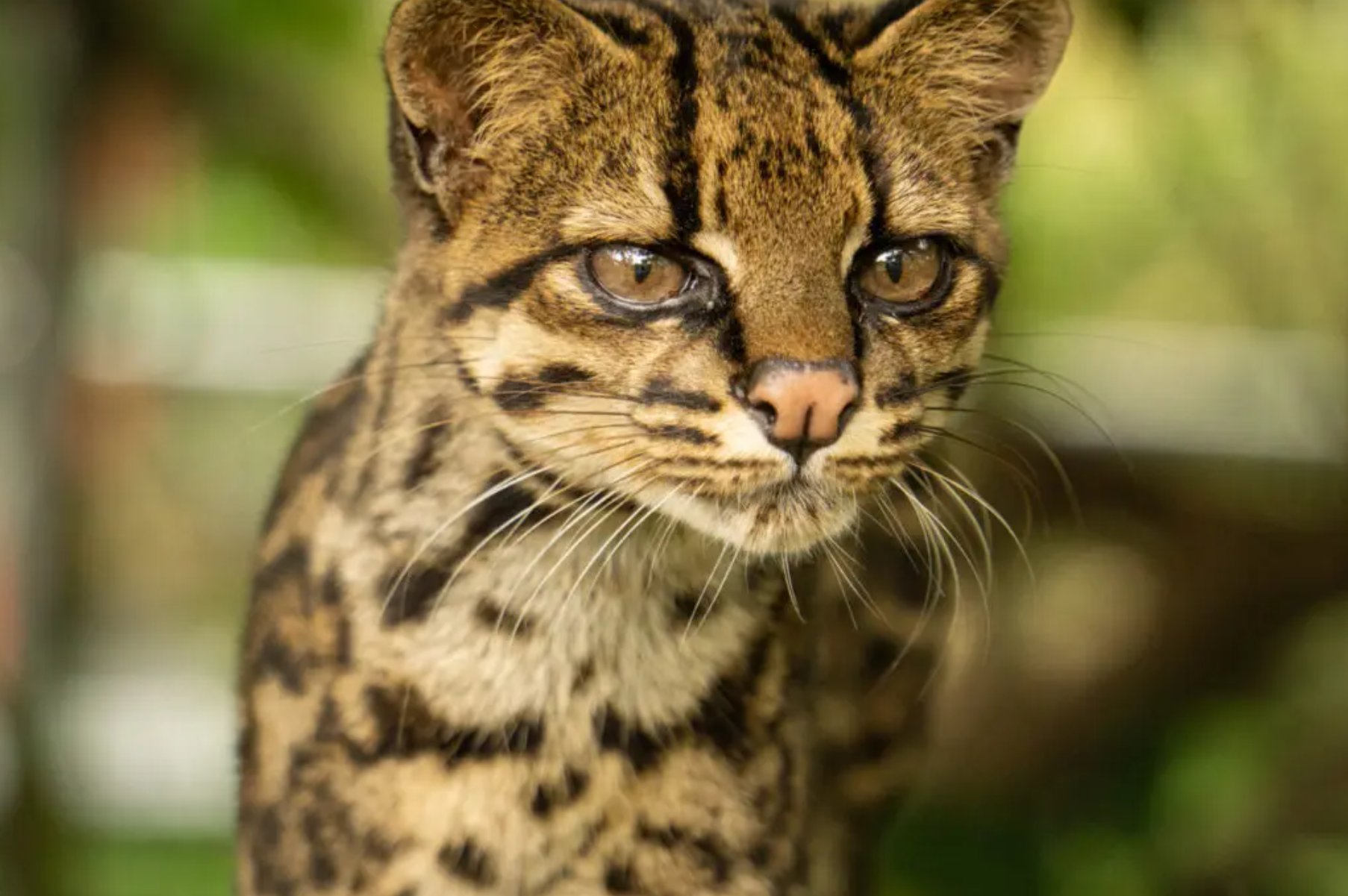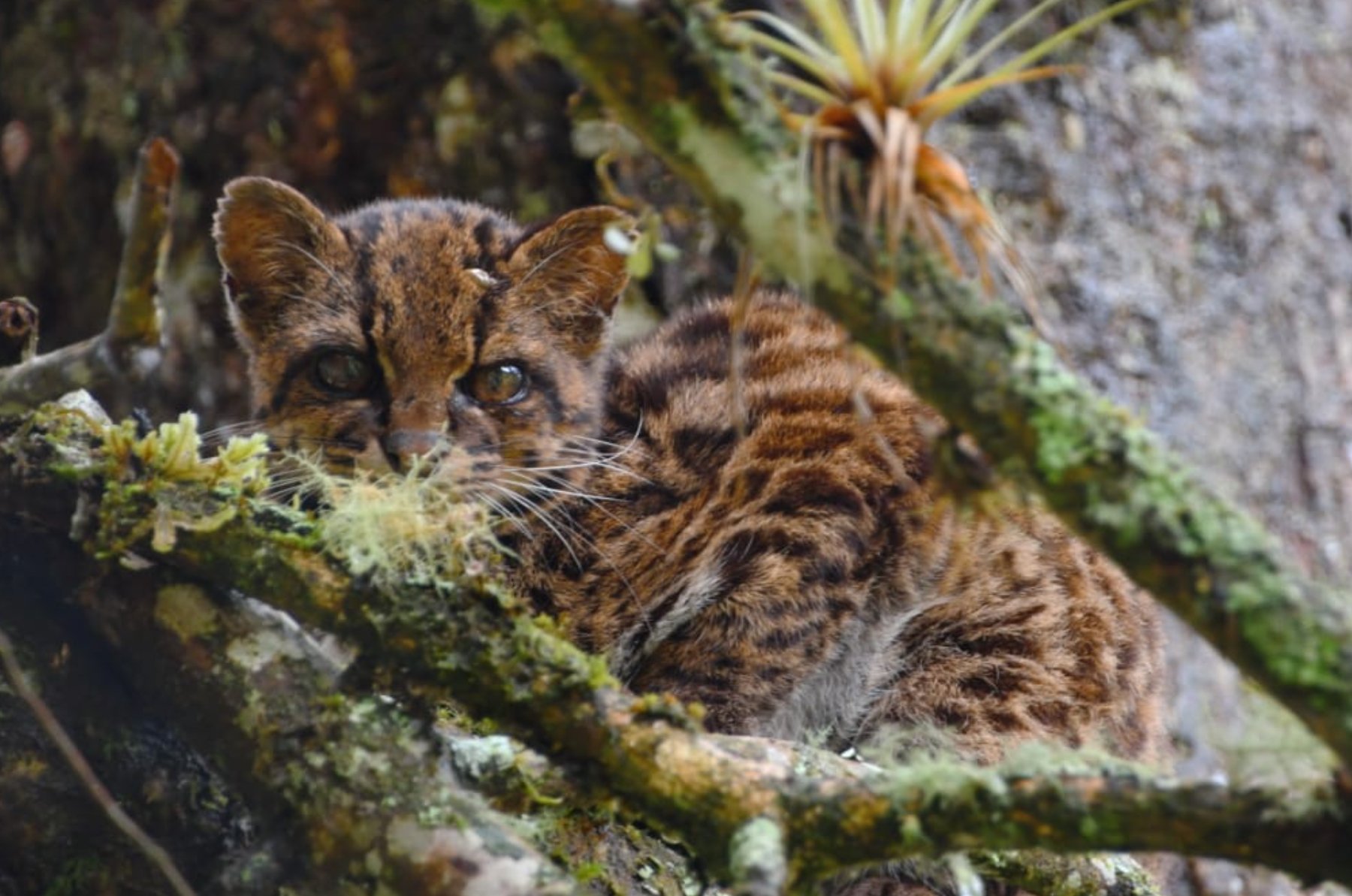Spotlight: Clouded Tiger-Cat

Previously, the smallest wild feline species in Panama was considered to be ‘Leopardus tigrinus’, commonly known as the oncilla or tigrillo, but a publication by Nature Scientific Reports in which some 40 researchers have collaborated, has shown that the species found in Panama is ‘Leopardus pardinoides’ – a brand new species!
Researchers from Brazil, Colombia, Costa Rica, Panama, Ecuador, Bolivia and the United States analyzed ecological, biogeographic and phenotype models of ocelots and have identified differences between the ocelots found in Costa Rica and Panama, and those distributed in Venezuela, the Guyanas and mainly in Brazil, and for this reason they have separated them.
The recent discovery of a new species, the Clouded tiger-cat (Leopardus pardinoides), has been a mysterious presence in the dense cloud forests of Costa Rica and Panama. This species, named for its cloud forest preference and cloud-like coat, resembles a blend of the clouded leopard and the traditional tiger-cat.
This captivating feline is a long-tailed, small cat with short, round ears, weighing in at around 5 pounds. It looks similar to the margay. Its fur is dense and incredibly soft, showcasing a mix of rich reddish, orange, and yellow tones. The cat’s coat is decorated with striking, cloud-like spots that sometimes merge together.

The Clouded tiger-cat has been primarily found in the remote regions of the Tilarán, Central Volcanic, and Talamanca mountain ranges of Panama and Costa Rica, where dense foliage and challenging terrain have kept it hidden from human eyes for centuries. The discovery of this species underscores the importance of preserving these untouched habitats, which are critical for the survival of such rare wildlife.
Unlike many of its feline cousins, the Clouded tiger-cat is primarily nocturnal and arboreal. It spends most of its time in the trees, leaping from branch to branch with agility. This cat’s diet consists of small mammals, birds, and insects, highlighting its role as a crucial predator in maintaining the balance of its ecosystem.
The discovery of the Clouded tiger-cat is a beacon of hope for conservationists. It emphasizes the incredible biodiversity that remains to be studied and protected. However, it also brings attention to the urgent need for conservation efforts. Habitat destruction and climate change pose significant threats to this newly discovered species. Protecting its habitat is essential for its survival and the health of the ecosystem it inhabits.





